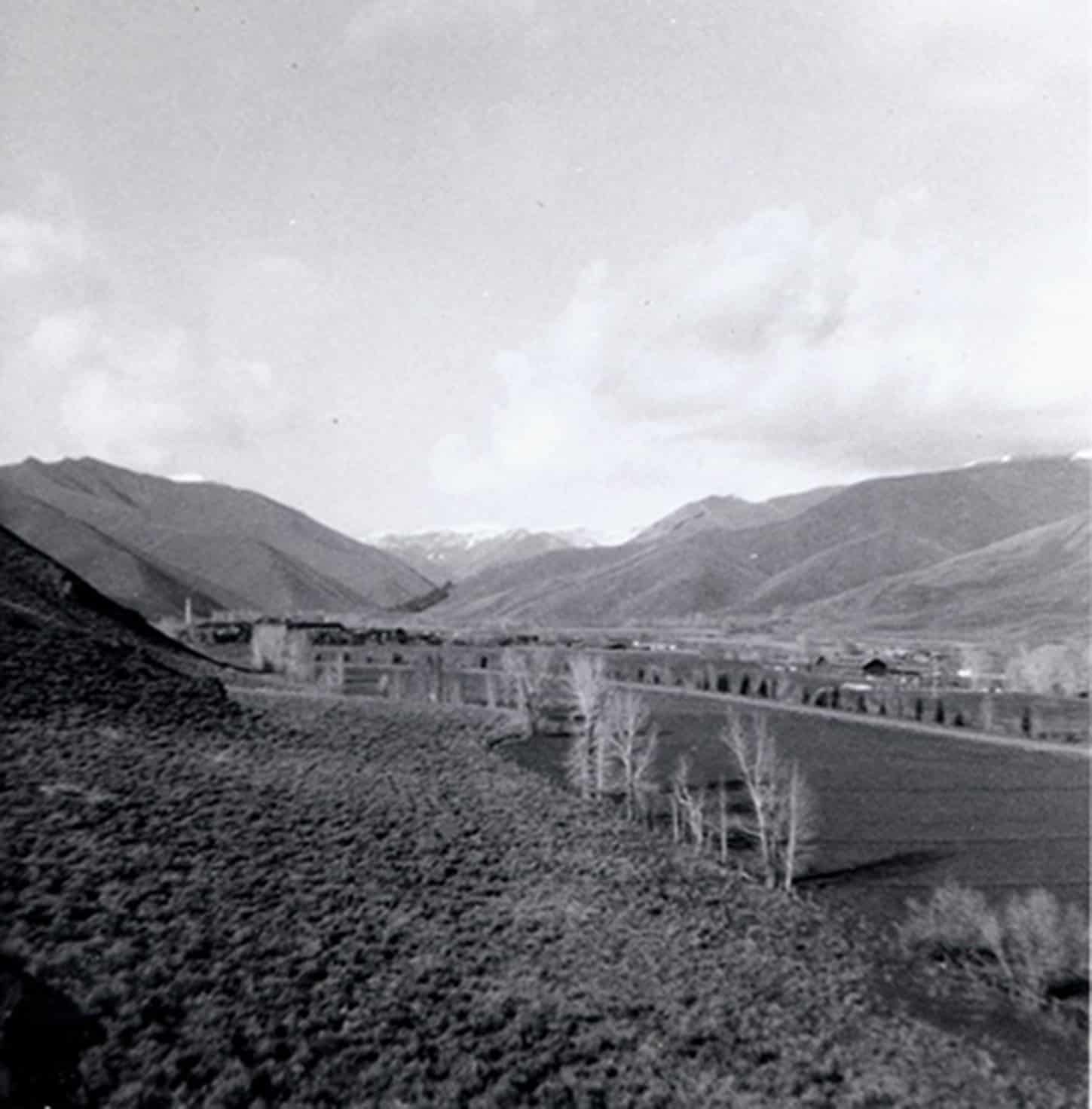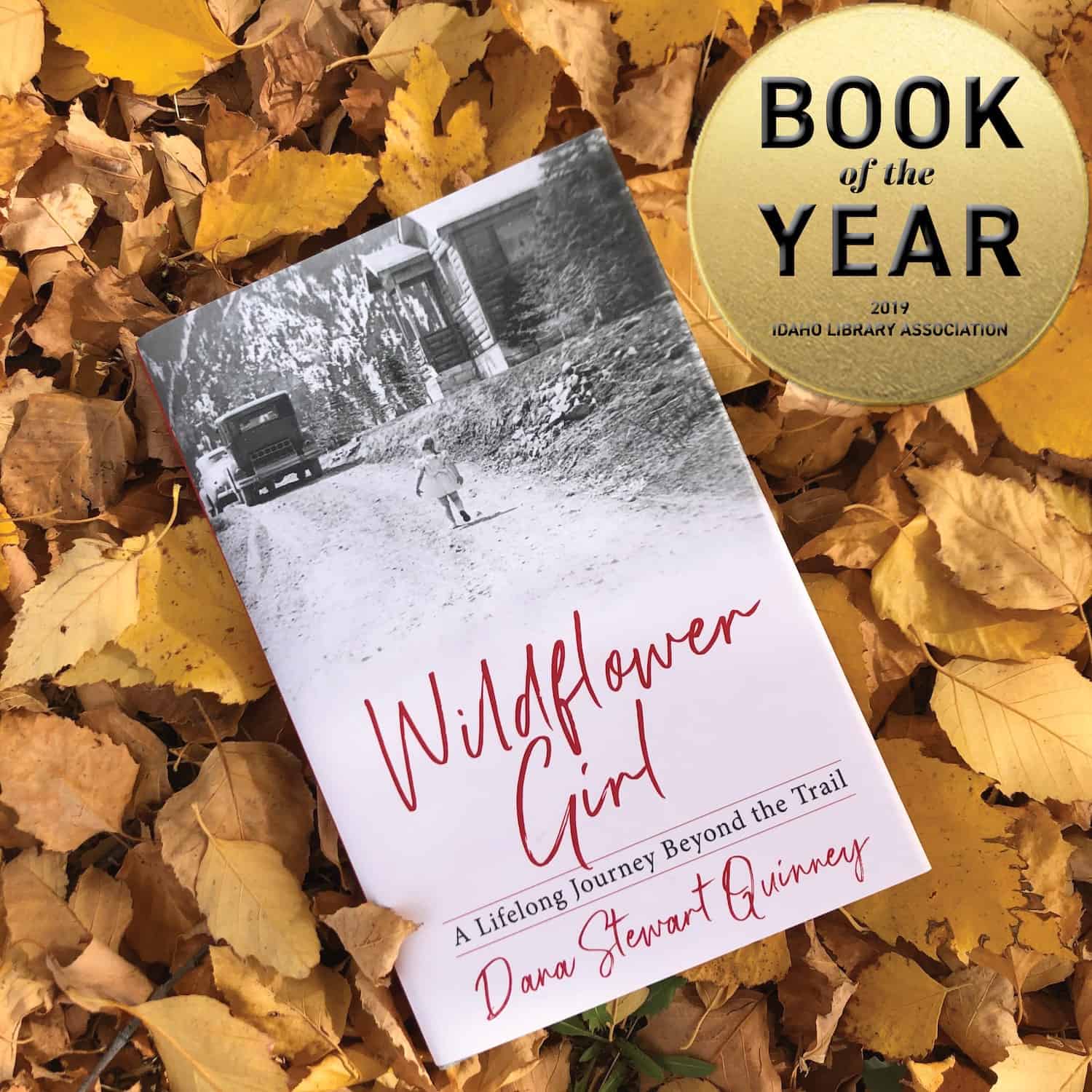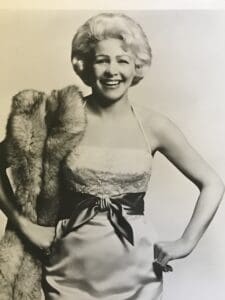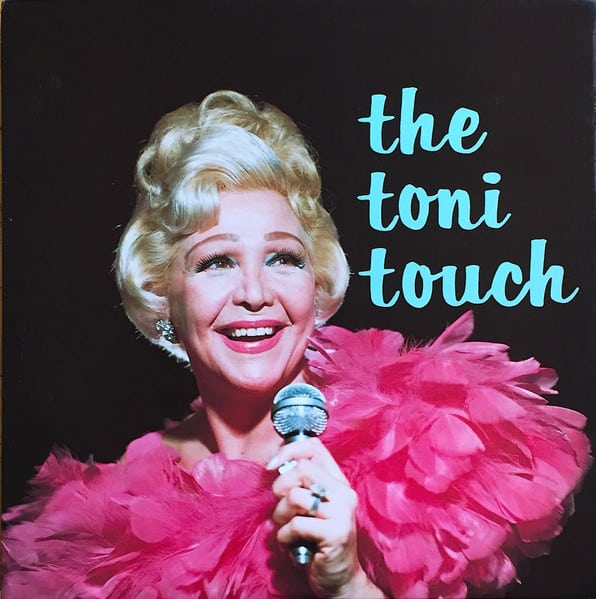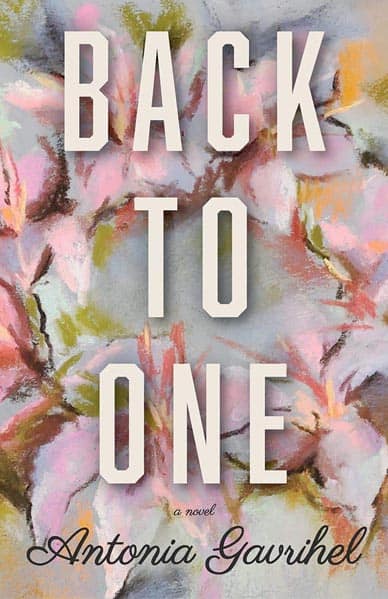
Rachel Wickstrom
Authors Reflect on Mother’s Day

This Mother’s Day Hidden Shelf authors share stories of their mothers, grandmothers, and mother figures in their books.
The pic of Mom was taken in front of the Sun Valley Lodge in the late 30s, about the time she was typing part of the manuscript of For Whom the Bell Tolls for Hemingway when he was living in the Lodge.
Hemingway was a family friend from the 1930s to his death. Mom and Dad were both original employees of Sun Valley Resort, on board when it opened in 1936. Dad was a hunting/fishing guide, only 17 at that time. Mom was a switchboard operator and later a secretary. Dad guided Hemingway flyfishing many times over the years.
Mom typed part of For Whom the Bell Tolls from Hemingway’s handwritten copy. She was a whiz–could type 120 words a minute on those old manual typewriters, and was an expert editor as well. At about that time, Mom also typed a manuscript for Hemingway’s wife, the celebrated war correspondent Martha Gellhorn. Martha and Ernest lived in the Sun Valley Lodge for a while.
I saw Hemingway now and then all the time I was growing up. He’d hitch a ride to somewhere in the valley with us in our Jeep, or he’d call Dad for hunting and fishing advice. Later Ernest married Mary (another journalist!). Mary found out somehow that I wanted to be a writer, and when I was a young teen, invited me to their house many times, where we’d sit in the kitchen, pet the many-toed cats, and she would go over my writing. She even sent some of my stuff to her literary agent (and I survived the criticism!).
-Dana Stewart Quinney, Wildflower Girl, 2019 ILA Book of the Year
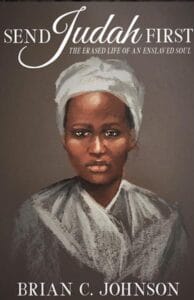
I patterned the character Aunt Sally from my mother. Her ways with food was all about love. I cried when I wrote her.
– Brian C. Johnson, Send Judah First

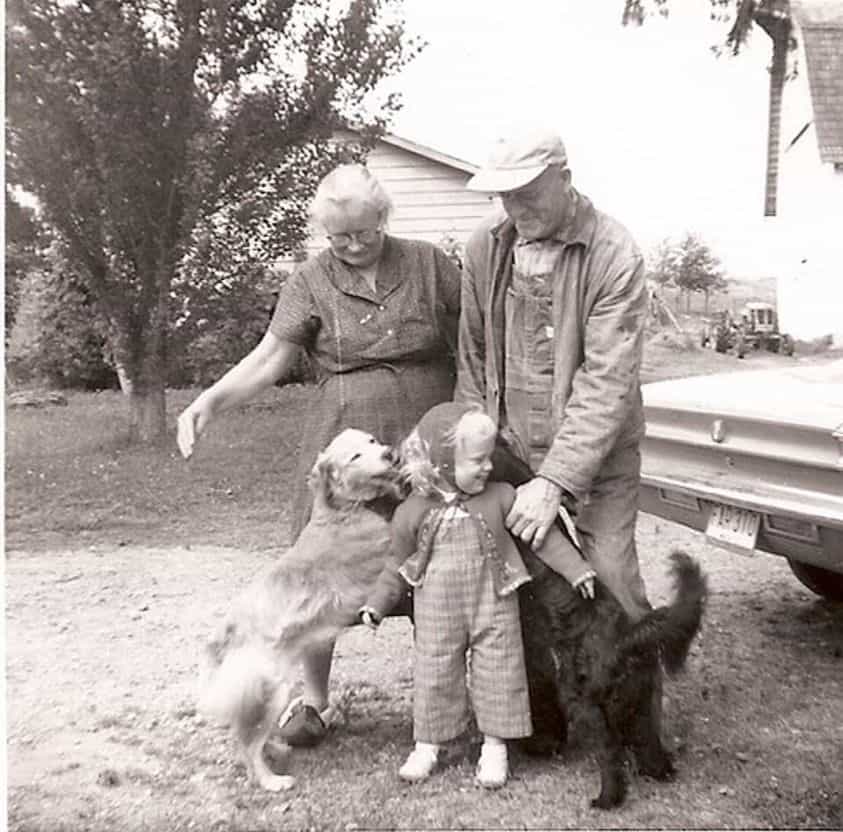
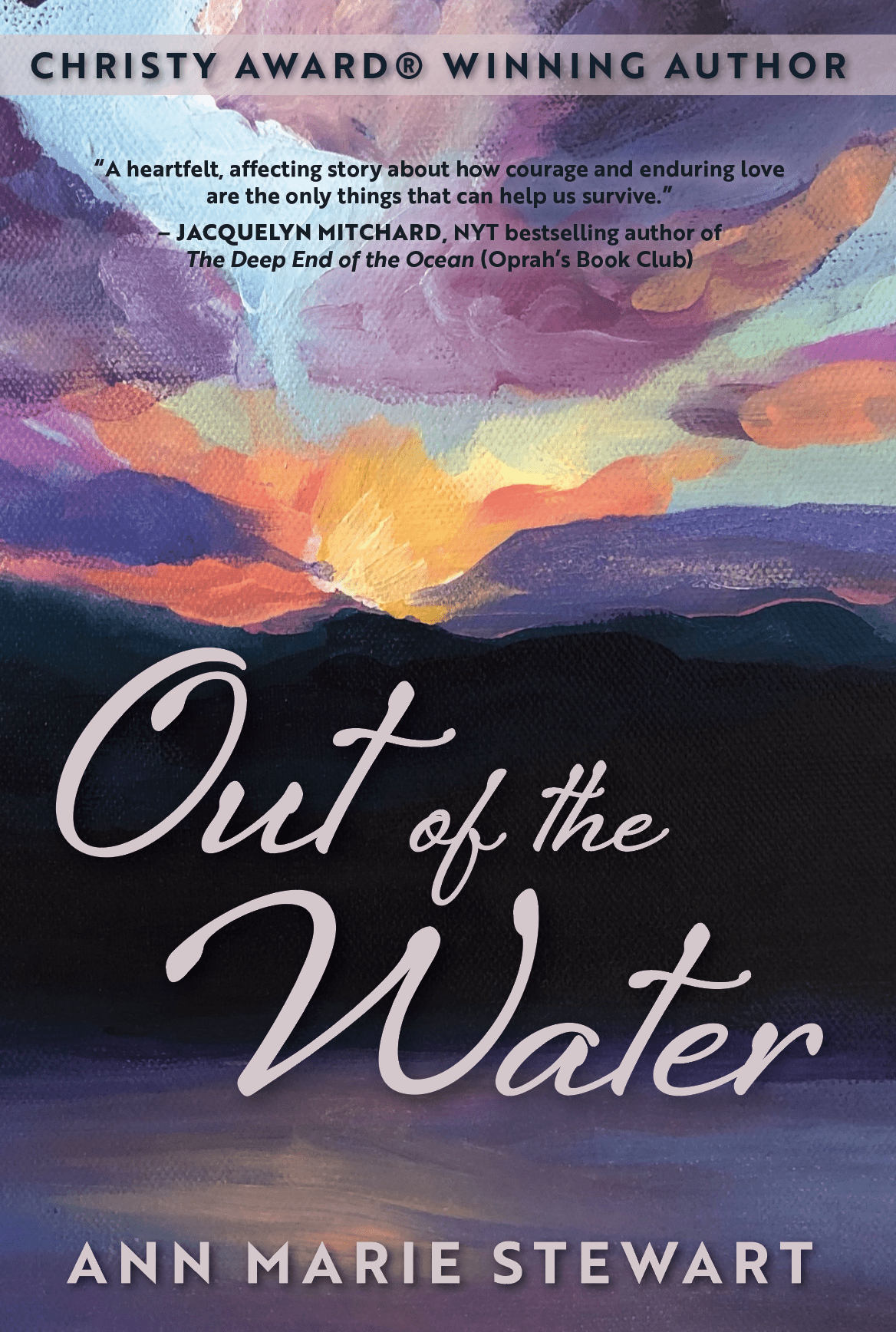
Near my computer, I have a photo that still haunts me. It is my muse. A photograph of my grandmother, so young, holding an infant wearing a bib that reads “Mama’s Liebling.” Her face is a blank stare. It begs questions. What happened? Where was the photo taken? When was the picture taken? Who made the bib and embroidered it so lovingly? Who is Mama’s Darling?
Why didn’t I ask my grandmother about that photo? Was it because rresearching brings out questions you don’t want answered?That bib was hiding a story.
One day, my mom and her sister cleaned out my elderly grandparents’ apartment and found a treasure in the hall closet—the same article of clothing in the photograph. I would learn the picture of my grandmother and the baby had been taken just after their1929 escape from Russia, after their second son had died of measles, seven days after the birth of their third son. But there is something not revealed in the photograph: in order to flee, my grandfather and grandmother had just left behind their firstborn three-and-a-half-year old son Kolya.
As I watch what is happening in Ukraine, I am traumatized because I see how history repeats itself. Mothers and children fleeing and saying goodbye to their husbands, brothers, fathers. They have to make horrific and unbelievable choices. What is left of their family? Homeland? Culture? What remnants do they cling to? The bib, a remnant from Russia, had been safely preserved for over fifty years and Grandma decided I should have it. Maybe it was because I had listened to Grandpa’s stories and recorded them for the family. That she knew I was working on a book that would tell their story. Maybe she knew that I understood the connection between the photograph and the bib so lovingly embroidered years before. Maybe she wanted me to understand the Mama and the little boy left behind. That I needed to. Maybe she knew it was the only thing I wanted —just a little piece of the past, the present, and maybe my future. That it was all part of my story, too.
Two years after their escape, Kolya was retrieved and reunited with his mother, the most important remnant. I have the privilege and perspective, not only as her granddaughter, but as a wife and mother, to write about Lena Siemens, a woman with such strength and dignity in the face of unbelievable tragedy.
-Ann Marie Stewart, Christy award winning author of Stars in the Grass, and Out of the Water, is just finishing the memoir REMNANTS about her grandparents’ 1929 escape from Russia.
Is Doris in Back to One based on my mom? Possibly … her strength and determination.
I think many people believe their mother is the most beautiful and wisest person alive. I certainly did. But my mother, a professional singer who performed with the likes of Tony Bennett and Nat King Cole, was genuinely drop-dead gorgeous. A bit intimidating to an awkward teenage daughter who wasn’t sure how she fit into her entertainment family.
I loved my show biz parents, and I relished watching them perform in front of a vast audience, their faces coming alive with vitality, charm, and a youthful glow even into their golden years. For Mom, being able to sing and entertain her audience was the meaning of life. It was not an easy road for her. At the age of fourteen, there were many closed doors and difficult choices. The biggest was not extending her contract as the “girl singer” on a national variety show moving from Chicago to Los Angeles. It happened on the road to try-out Los Angeles as a new home base; my mom discovered Phoenix and decided to plant down roots in Arizona for the kids instead of becoming a celebrity. Ultimately, my mother, Toni Rami, would be happy being a big fish in a little pond. She was an Arizona celebrity, but I always wondered if she’d mull over that choice late at night and had regrets.
Her album, The Toni Touch, was an excellent showcase of her talent, So I’m blessed to hear my departed mother’s incredible singing voice preserved for all time.
On this Mother’s Day, I honor the woman who encouraged the creativity within me.
-Antonia Gavrihel, Back to One. Looks for the second book in the series, Ambient Light coming this fall!

Recent Posts
Black History– On This Day in 1959
Black History – On This Day in 1959
The Norfolk 17–February 2, 1959
Sixty-five years ago today, seventeen cautiously brave Black teenagers rocked the foundation of the racist South, accomplishing what many at the time had thought impossible … ending segregation at six public schools in Norfolk, Virginia. If getting there had been a war, being there was horrendous.
2023 Holiday Gift Guide
Unique and creative gifts ideas for the 2023 holiday season!
2023 Hidden Shelf Holiday Catalogue
2023 Hidden Shelf Holiday Catalogue. Treasured Gifts to Last a Lifetime.



